
Myopia
Myopia or nearsightedness is aneye condition in which a person has problems seeing distant objects clearly. Itranges from mild to severe, when the extremely nearsighted people are able todistinct objects only a few inches away from their eyes. Due to the physicaldefects developed in childhood (eyeballs growing too long, or cornea curving tooacutely) the light-mechanism is disrupted in the way that the light fromdistant objects, instead of focusing on the retina, falls in front of theretina, thus causing blurry vision. The condition is present all over theworld and can affect men and women equally. It is estimated that every fourthAmerican is myopic to some extent, and, when it comes to children, it seemsthat those coming from higher socioeconomic classes are more prone to thiscondition, although no one really knows why. The causes of myopia are unclear, although it is suspected that both the heritage and environment arecontributing factors. Children of myopic parents are likely to develop thecondition.
SymptomsThe absence of symptoms in mild myopia sometimes leaves the affectedindividuals unaware of the condition. Still, first signs of it appear as earlyas in childhood, and teachers and parents often notice that the child has problemswith reading from the blackboard, or is holding a text too close to their eyes.Other signs may include squinting, eyestrain and headaches. Reading letters from an eye chartis a standard test applied by ophthalmologists or optometrists to diagnosemyopia, though they may use other tests as well to establish the extent towhich the condition has developed. If the person is discovered to have myopia,they are prescribed eyeglasses or contact lenses, which either restorenormal vision or at least improve the condition. The prescription for thesevision aids is often adjusted in adolescence since myopia tends to progressrapidly at this age. It is only when the affected person reaches their twentiesthat the condition begins to stabilize.
Treatment
Surgical treatment includingLASIK, radial or photorefractive keratotomy and clear lens replacement therapyare available to myopic patients. Some of them will be required to wear glassesafter the correction. It is important to note that adolescents under the age of18 are advised not to undergo surgical procedures as the eyes are stilldeveloping at that time. Although not much can be done to prevent myopia,things like reading in proper light and not putting too much strain on the eyeshelp. If the person spends too much time in front of their computer, they areadvised to take breaks every now and then. Diabetics and other risk categoriesare advised to check their eyes regularly.


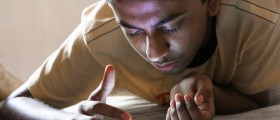


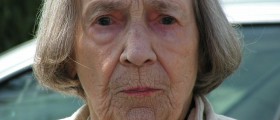

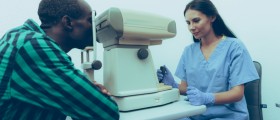


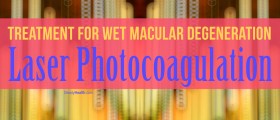
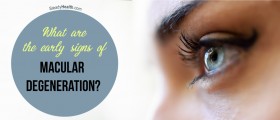
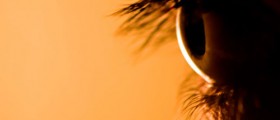
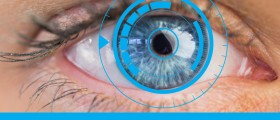



Your thoughts on this
Loading...